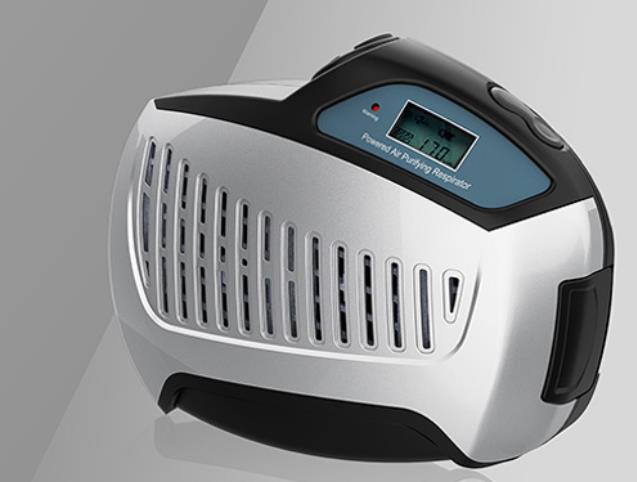Aviation's shift to papr respirators
In the wake of the COVID-19 pandemic, the aviation industry has been forced to reevaluate its safety protocols. One area where significant changes have occurred is the use of personal protective equipment (PPE). Specifically, the use of powered air-purifying respirators (PAPR) was welcomed for their superior protection against airborne pathogens.
For years, the aviation industry has relied on traditional face masks and filters to protect pilots and crew from the potential dangers of circulating air during commercial flights. However, with the advent of the COVID-19, many airlines have turned to papr respirators to ensure maximum safety for their employees and passengers.

1. What is a papr respirator?
At its core, a papr respirator is a facepiece that uses a battery-powered blower to force air through a filter, creating positive pressure inside the mask. This design allows a continuous flow of clean air, preventing any potentially harmful particles from entering the wearer's respiratory system.
2. The benefits of papr respirators in the aviation industry are obvious.
(1) papr respirators filter out up to 99.97% of airborne particles, including bacteria and viruses, providing unparalleled protection for pilots and crew members. This high level of protection not only ensures the safety of employees, but also provides peace of mind to passengers concerned about the spread of infectious diseases during flight.
(2) papr respirators are also more comfortable than traditional masks when used for extended periods of time. The positive pressure generated by the blower makes breathing easier, reducing pressure on the wearer's lungs, and allows the mask to be worn for extended periods of time without discomfort or fatigue. This is especially important for pilots who need to stay alert and focused on long flights.
(3) papr respirators provide a level of protection unmatched by traditional masks and filters. Their ability to filter out a wide range of airborne particles, including dangerous pathogens, means that pilots and crew can feel safe knowing they are protected from potential health hazards.
3. There are also some challenges to using papr respirators in the aviation industry.
(1) The cost of these devices is significantly higher than traditional masks and filters, which makes them less accessible to smaller airlines or those on a tight budget.
(2) papr respirators are bulkier and heavier than traditional masks, which can make them more difficult to wear during takeoff and landing.
Despite these challenges, the benefits of papr respirators in the aviation industry far outweigh any potential drawbacks. With their superior protection against airborne pathogens, greater comfort and unparalleled peace of mind, it is no wonder that many airlines have turned to this technology in the wake of the COVID-19 pandemic.
In short, the airline industry's move to papr respirators is an important step in ensuring the safety of employees and passengers in the COVID-19 era. While there are certainly challenges with this technology, the benefits are clear. By providing an unparalleled level of protection from airborne pathogens, papr respirators provide a new standard of safety for pilots, crew and passengers alike. For more detailed information, please feel free to contact us!





